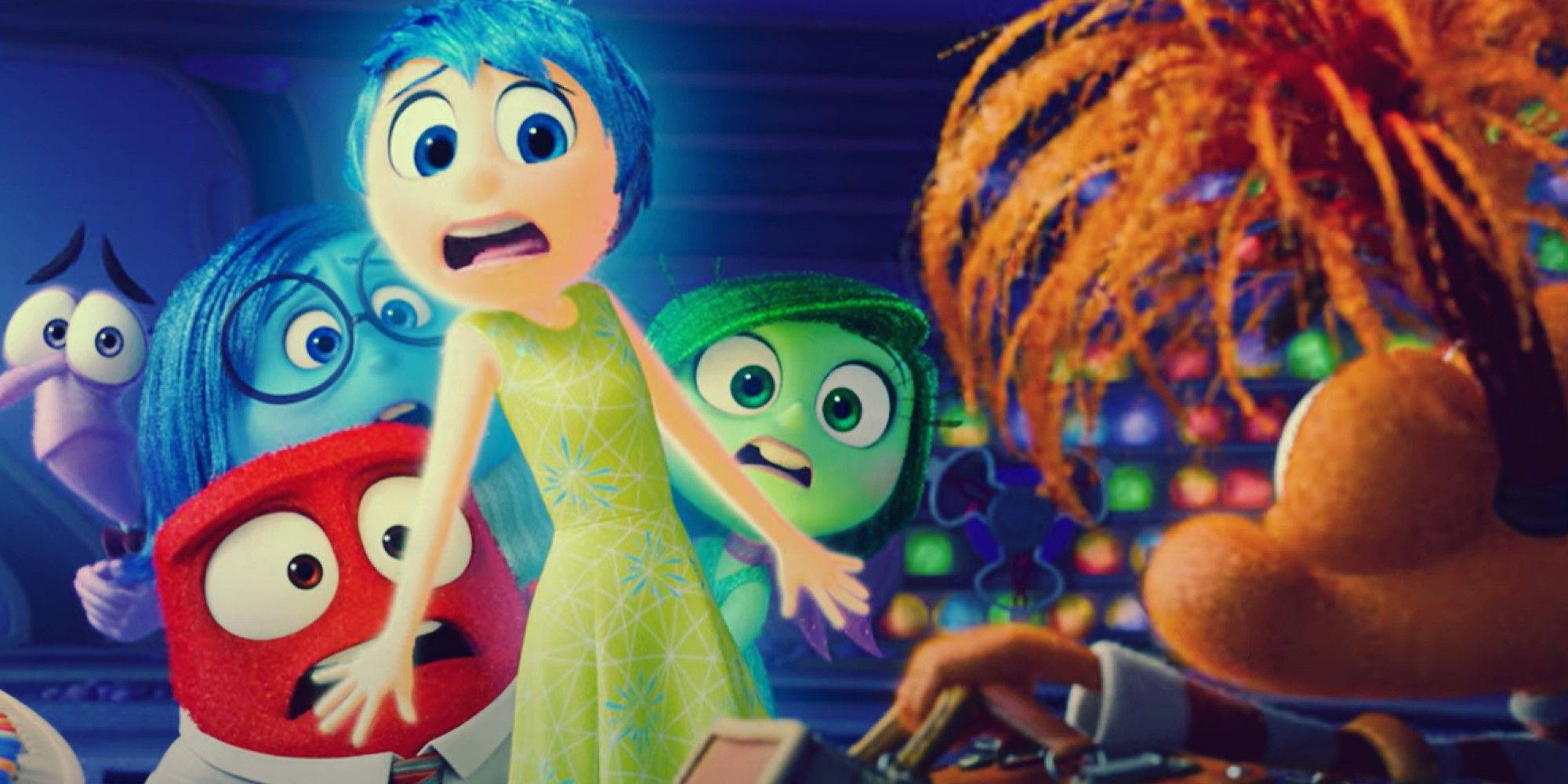What New Emotions Are in Inside Out? Exploring the Expansion of Emotional Intelligence

Introduction
Pixar's Inside Out captivated audiences with its imaginative portrayal of emotions as characters within the mind of a young girl named Riley. The film’s original lineup included Joy, Sadness, Fear, Anger, and Disgust. However, as the world evolves, so too does our understanding of emotions. In recent discussions surrounding a potential sequel or spin-off, fans and psychologists alike have speculated about what new emotions could be introduced to reflect the complexities of human experience. This article delves into these potential new emotions, their significance, and how they could enrich the narrative of Inside Out.
The Foundation: Understanding Emotions in Inside Out
The Original Five Emotions
Before exploring new emotions, it’s essential to understand the original characters in Inside Out:
- Joy: Represents happiness and positivity, encouraging Riley to embrace life.
- Sadness: Highlights the importance of feeling down and processing grief.
- Fear: Keeps Riley safe by alerting her to potential dangers.
- Anger: Serves as a catalyst for standing up against injustice.
- Disgust: Protects Riley from toxins and social faux pas.
This framework effectively illustrates the balance of emotions necessary for Riley's development. The film emphasizes that all emotions, even the negative ones, are crucial for a well-rounded emotional life.
The Need for New Emotions
As society becomes increasingly aware of the nuances of emotional intelligence, it’s clear that the original five do not encompass the full spectrum of human feelings. Here are some proposed new emotions that could be introduced in a sequel:
Potential New Emotions in Inside Out
1. Anxiety
Anxiety could be a compelling addition, reflecting the modern struggles of both children and adults. With rising awareness of mental health issues, this character could help Riley navigate feelings of apprehension and worry, bringing to light the importance of addressing anxiety in a healthy manner.
- Role in Riley’s Mind: Anxiety could manifest during stressful situations, helping Riley recognize when she needs to prepare or take a step back.
- Educational Aspect: This character could educate viewers on anxiety management techniques, fostering discussions around mental health.
2. Empathy
Empathy is a crucial emotion in today’s interconnected world. This character could embody the ability to understand and share the feelings of others, promoting compassion and connection.
- Role in Riley’s Mind: Empathy could help Riley navigate friendships and conflicts, emphasizing the importance of seeing things from others’ perspectives.
- Potential Impact: Introducing empathy could encourage viewers to practice understanding and kindness, especially in diverse social environments.
3. Frustration
Frustration is often overlooked but plays a significant role in personal growth. This emotion could represent the feelings that arise when goals are not achieved or when obstacles seem insurmountable.
- Role in Riley’s Mind: Frustration could motivate Riley to problem-solve and develop resilience, teaching that perseverance is key to overcoming challenges.
- Real-Life Application: This character could highlight coping mechanisms and stress management strategies, providing valuable lessons for young viewers.
4. Nostalgia
Nostalgia connects to Riley’s past experiences and memories, playing a role in shaping her identity. This emotion could bridge the gap between childhood and adolescence, reflecting the bittersweet nature of growing up.
- Role in Riley’s Mind: Nostalgia could help Riley appreciate her childhood while also preparing her for the changes that come with growing up.
- Cultural Relevance: This character could resonate with audiences by exploring themes of memory and the passage of time, making it relatable for both children and adults.
5. Hope
Hope is a powerful emotion that fosters optimism and resilience. Introducing this character could help Riley envision a positive future, especially during challenging times.
- Role in Riley’s Mind: Hope could encourage Riley to pursue her dreams and maintain a positive outlook despite setbacks.
- Inspiration for Viewers: This character could serve as a reminder that even in difficult circumstances, there’s always a possibility for change and improvement.
The Importance of Expanding Emotional Narratives
Emotional Complexity
Introducing new emotions would not only enrich the narrative of Inside Out but also reflect the complexity of human psychology. With growing awareness around mental health, it’s crucial for media to represent the diverse emotional experiences individuals face. This expansion could foster deeper conversations about emotional well-being among audiences of all ages.
Educational Value
By incorporating these new emotions, the film could serve as a tool for emotional education. Children and parents alike could gain insights into recognizing, understanding, and managing a broader range of feelings, ultimately promoting healthier emotional development.
Conclusion
The potential introduction of new emotions in a sequel to Inside Out presents an exciting opportunity to explore the evolving landscape of emotional intelligence. Characters such as Anxiety, Empathy, Frustration, Nostalgia, and Hope could provide a richer, more nuanced understanding of human emotions. By expanding the emotional narrative, Pixar could not only entertain but also educate, fostering a generation that is more emotionally aware and resilient. As we look forward to the future of Inside Out, it’s clear that the journey through Riley’s mind is far from over.
Call to Action
What emotions do you think should be included in a sequel to Inside Out? Share your thoughts and join the conversation about the importance of emotional intelligence in today’s world!